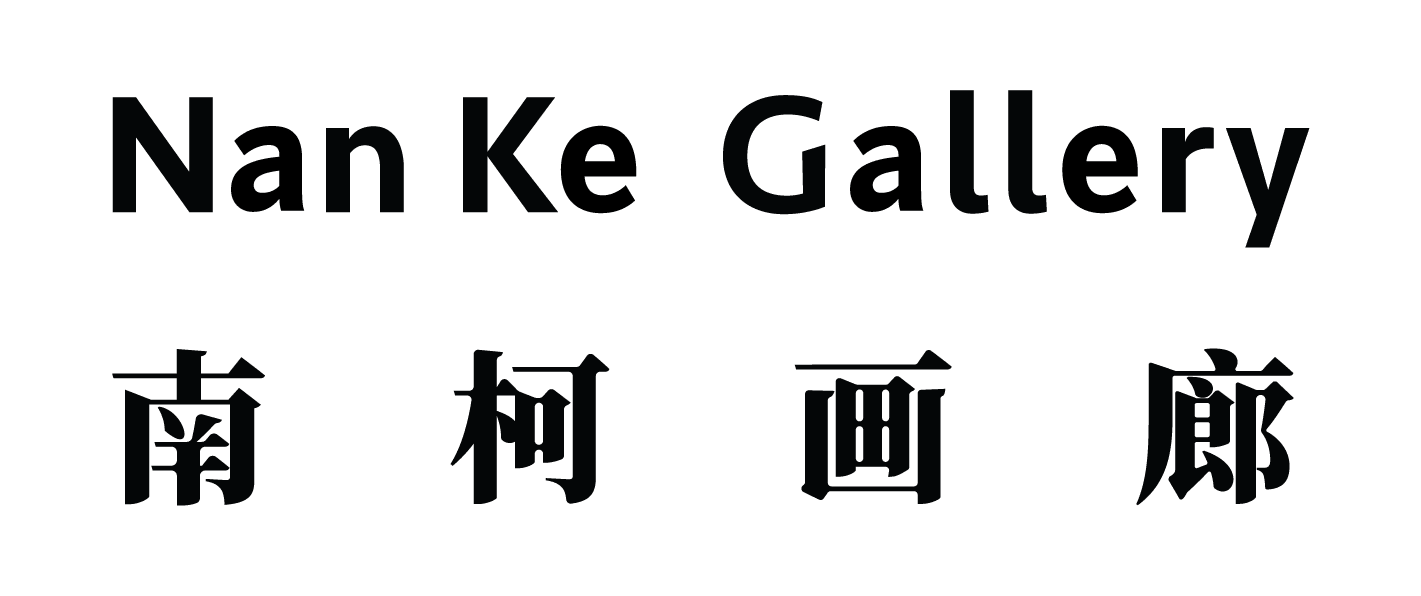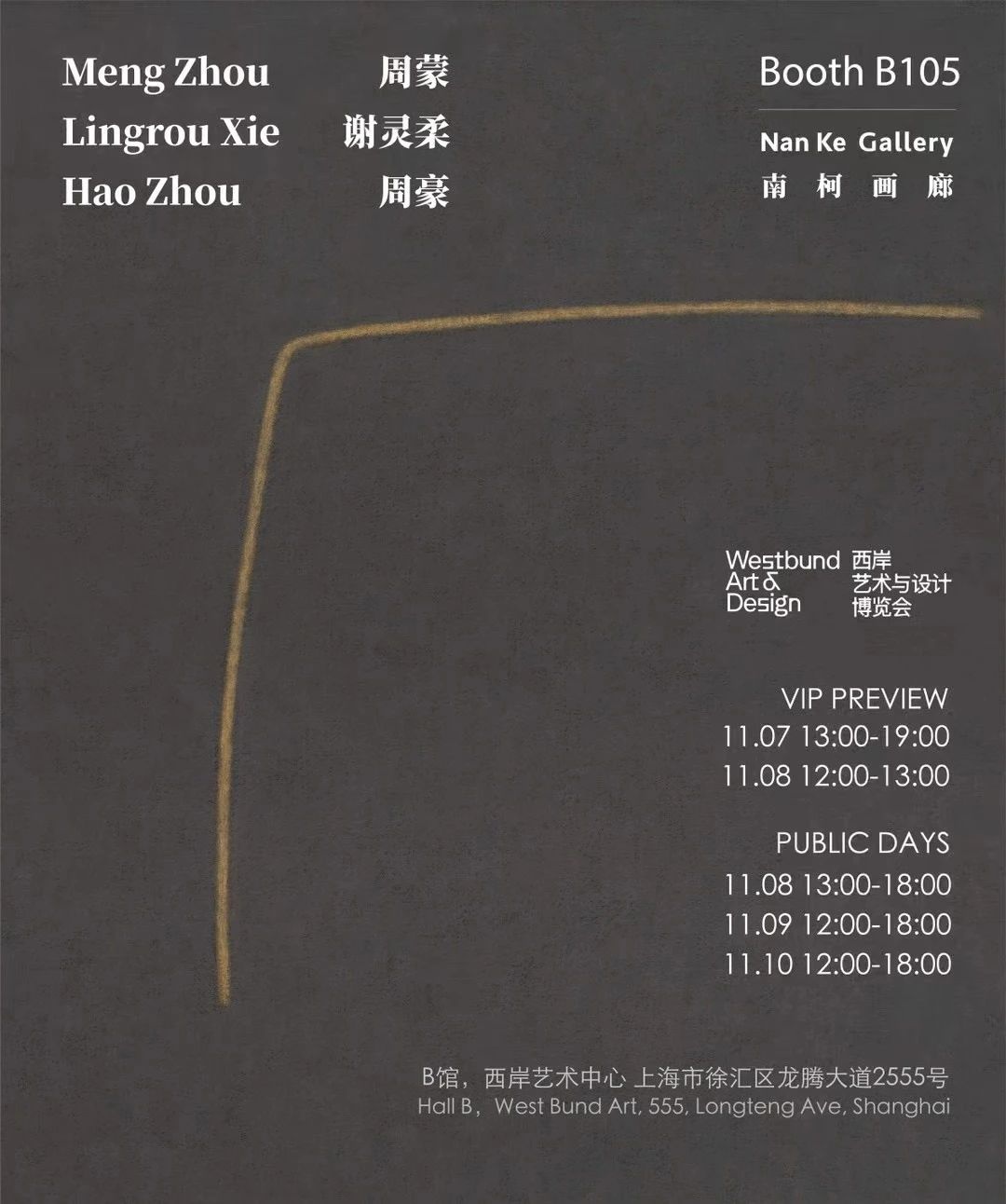
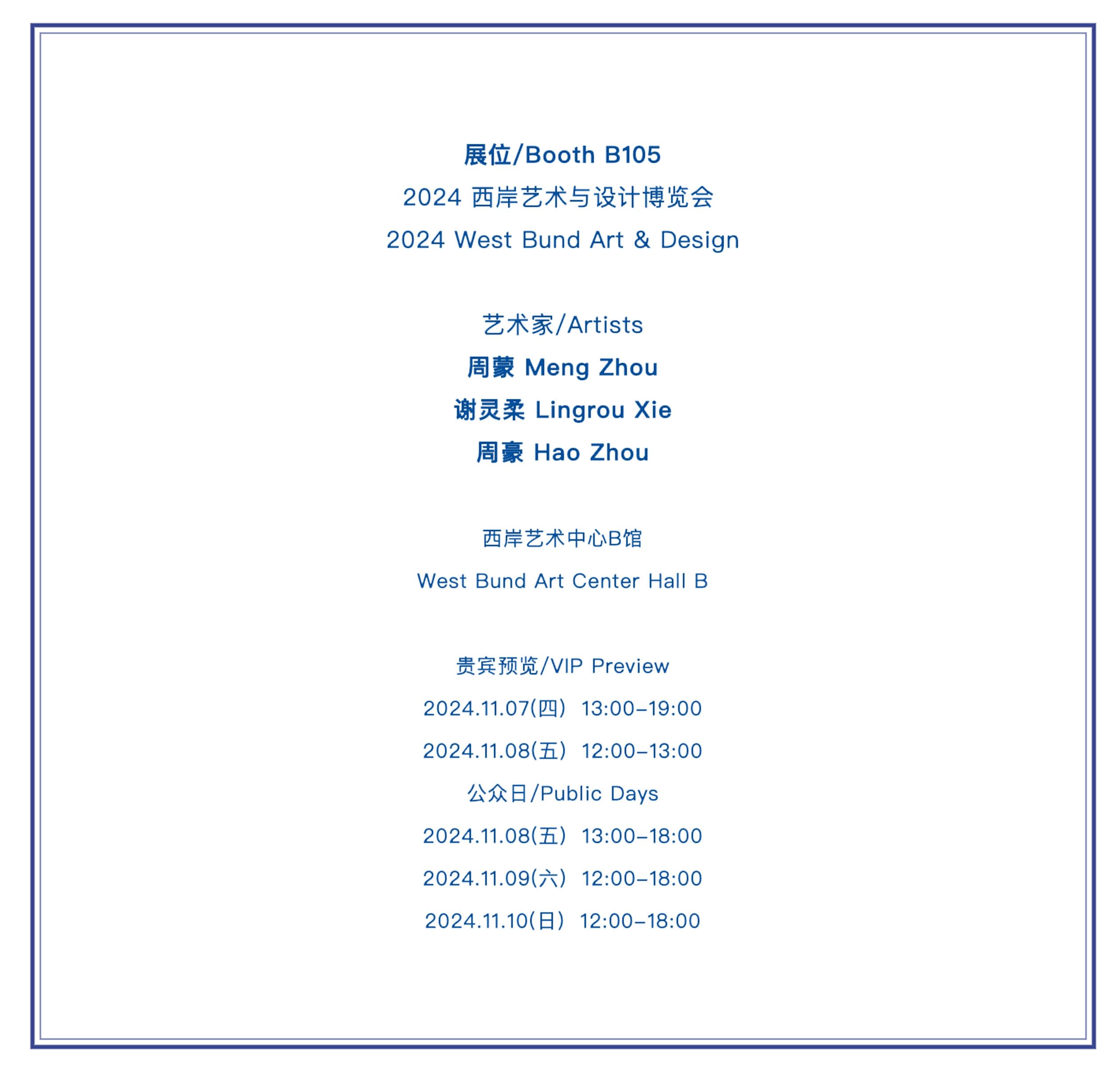
For artist Hao Zhou, absolute silence is an unbearable thing. "City is my original nature," he described in a dialogue with Southern Metropolis Daily in 2020. The rhythm of machinery, the crumbs of concrete, the sound of traffic and footsteps, these urban edges are broken up into basic elements in his life, forming his own nature of the wind, fire, forest and trees.
However, when one approaches his creations, the first thing that strikes one is "silence". The complexity of the texture on the surface creates a tension that gently draws the approaching observer into a reassuring silence of expressionless lines.
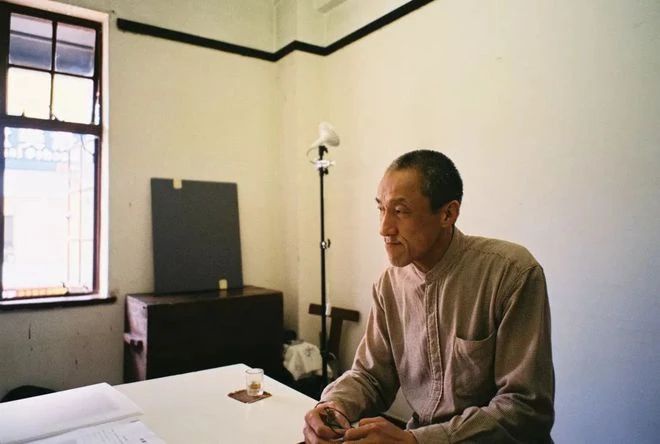
Hao Zhou in the studio © Courtesy of the artist and MUD Gallery Photo by Zixuan Wang
Hao Zhou was born in Shanghai in 1960 and passed away in 2023. From 1993 to 2023, he held over 70 solo exhibitions in Tokyo, Osaka, Hong Kong, and Shanghai, and lived permanently in Shanghai and Yokohama. Nanke Gallery will jointly represent Zhou Hao’s artistic legacy with Mud Gallery, continuing his tale of ‘durable simplicity,’ connecting the real world to the other side of the Silence.
It is in the city that he forms his first encounters with the world. The sound of cars, horses, people, brickwork and gables, the traces of man-made objects and their irregular noises form the basic unit of his life. With these bricks and stones, he travelled to Tokyo to study oil painting and printmaking at Musashino Art University. The ukiyo-e (traditional Japanese printmaking), which is used to express the undercurrent of calmness underneath the surface with fine and delicate craftsmanship, is a source of water that has been poured into his creations.
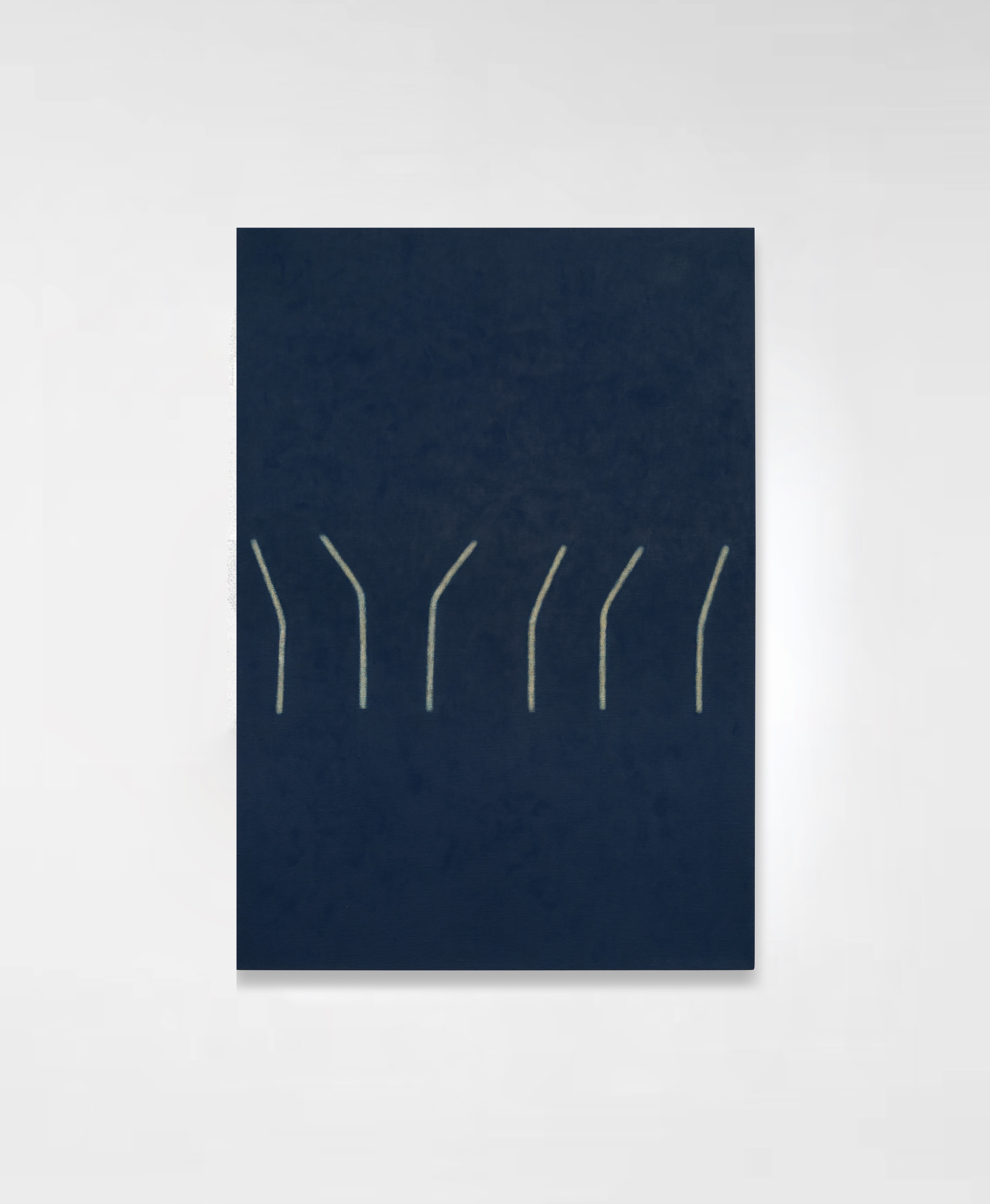
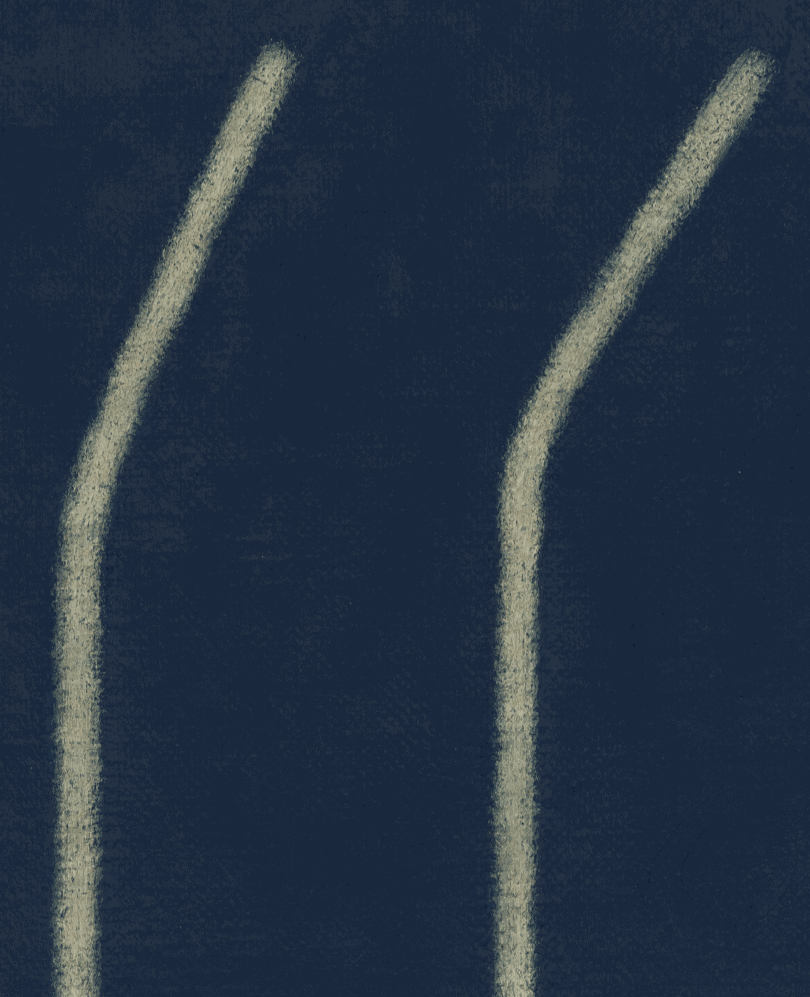
Hao Zhou
O.1705154-2, 2017
Oil on canvas
126h x 88w cm
© Courtesy of the artist and MUD Gallery
From the materials, brushstrokes and even the canvas and frame, Hao Zhou tirelessly pursues a precise sense of handmade craftsmanship, like a mysterious ritual under clean moonlight. He describes the frame as "the skeleton of the painting", which supports the soulful dialogue that may be captured on it. He handles everything with a reverence for nature - the vague rough edges of the wooden frames, the quietly pitted canvases like asphalt roads, the mix of wild textures, and the meticulous, calm lines that together speak of endless thoughts, like a large blank space in the mind or endless darkness.
In terms of oil paintings, Hao Zhou's nomenclature is consistent, obeying a more voluminous pattern. At the beginning of all the titles, the "O" stands for "Oil painting", hinting at a direct beginning. The number that follows is the length of the diagonal of the lining, followed by the code. This makes his works resemble industrial parts with a universal character, just as they "unlock" the viewer's different quiet thoughts like a key. In the inertia of travelling the industrial road ahead, his creations simultaneously become more "interchangeable", yet difficult to replace.
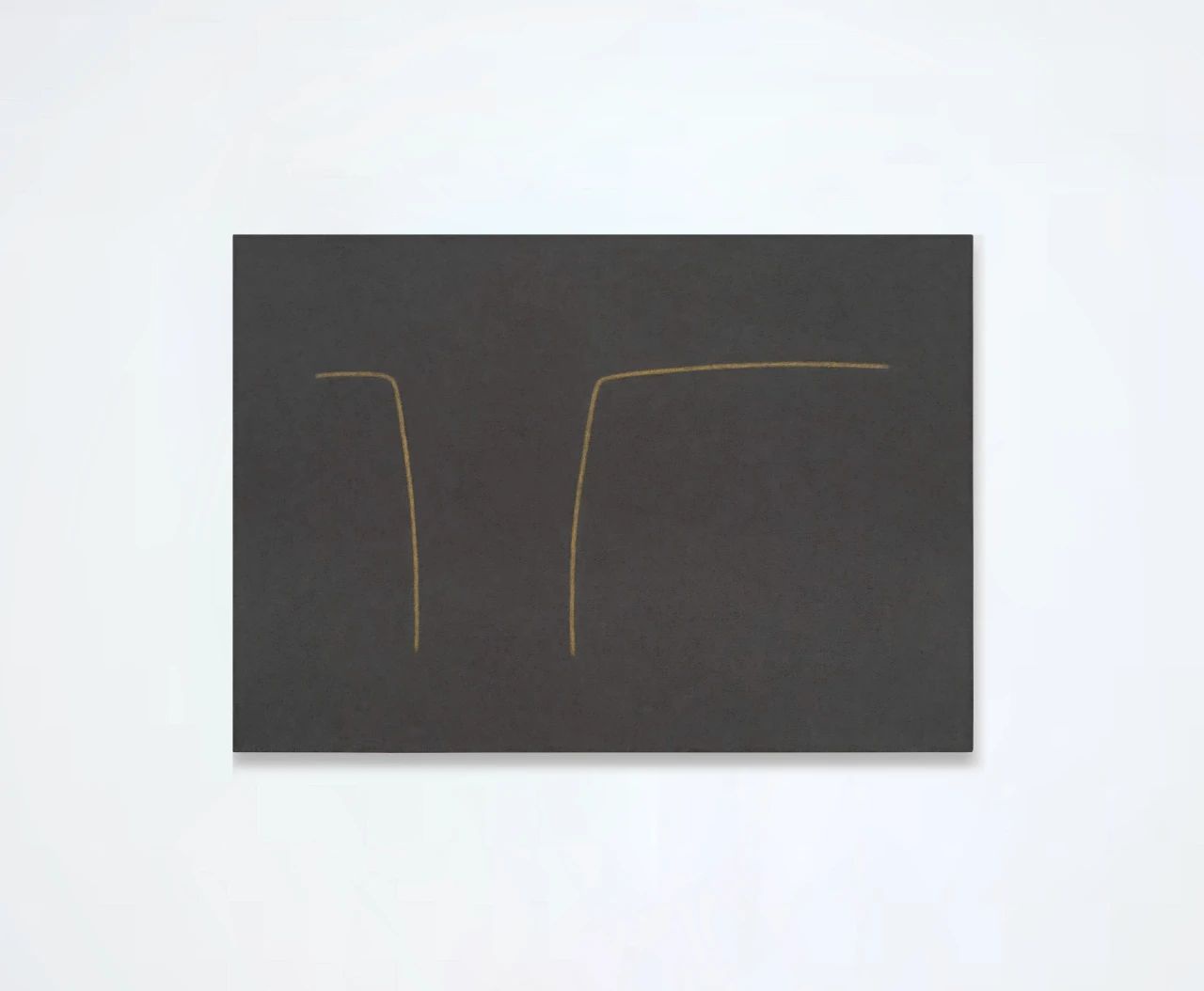
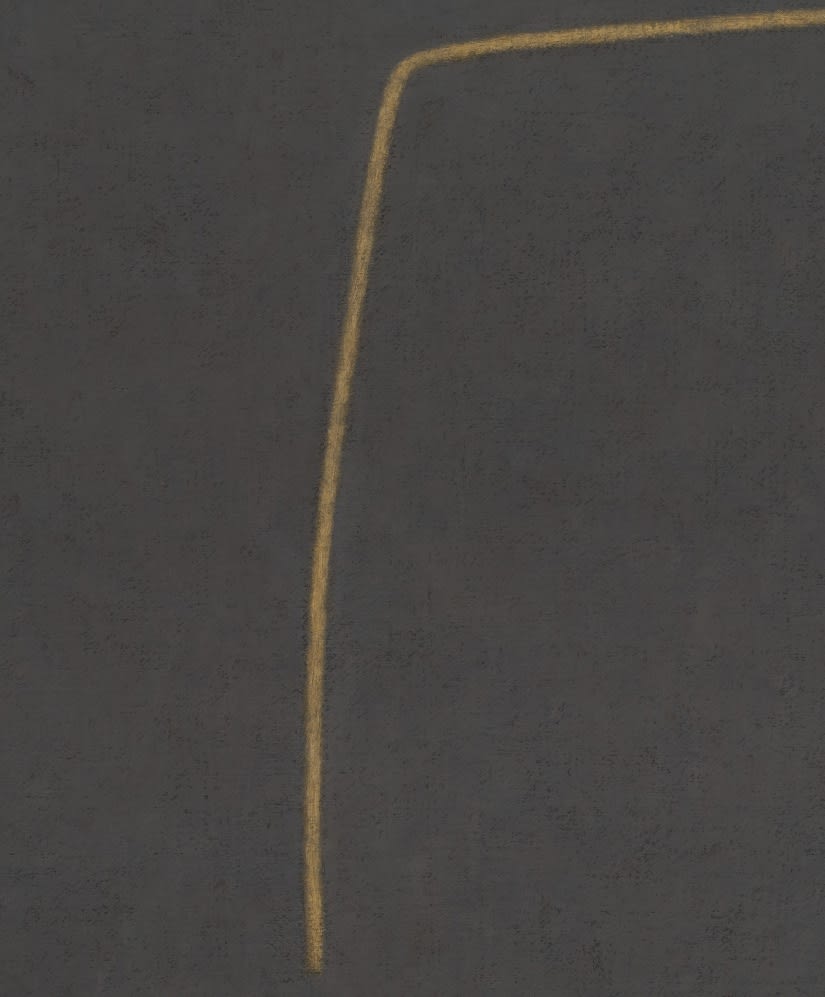
Hao Zhou
O.1705154-7, 2017
Oil on canvas
88h x 126w cm
© Courtesy of the artist and MUD Gallery
In 1983, Zhou Hao went to Japan to study and graduated from the Oil Painting Department of Musashino Art University in 1988. As the handmade rituals of painting materials are piled up, what is being explored seems to be the essence of human industry, and the thousands of divine thoughts hidden behind its cold exterior. This traditional aesthetic paradigm originated from Japan, passing through the soft face of Chikanobu, the moonlight on the lake surface extended and lengthened by the Shoda, the scattered snowflakes hidden behind the sharp crane beak of Ohara Koson, and travelling to Hao's layers of restrained strokes, attempts to explain the nature of the industry, the city, and eventually the possibility of human beings, the delightful silence and loneliness that lurks beneath the noisy surface.
In the spiritual world depicted by Hao Zhou, the illusion of three-dimensionality is constantly collapsing, while the uncertainty, unexplainable ambiguity and haze of two-dimensionality extend to an immeasurable infinity. The constant re-creation of layers upon layers is a result of "things going against one's wishes", which precisely transfers the several piles of intact colours on the canvas become a carrier like sedimentary rock, sealing and preserving the fleeting emotions of each painting, and forming thoughts that will always reside and last.
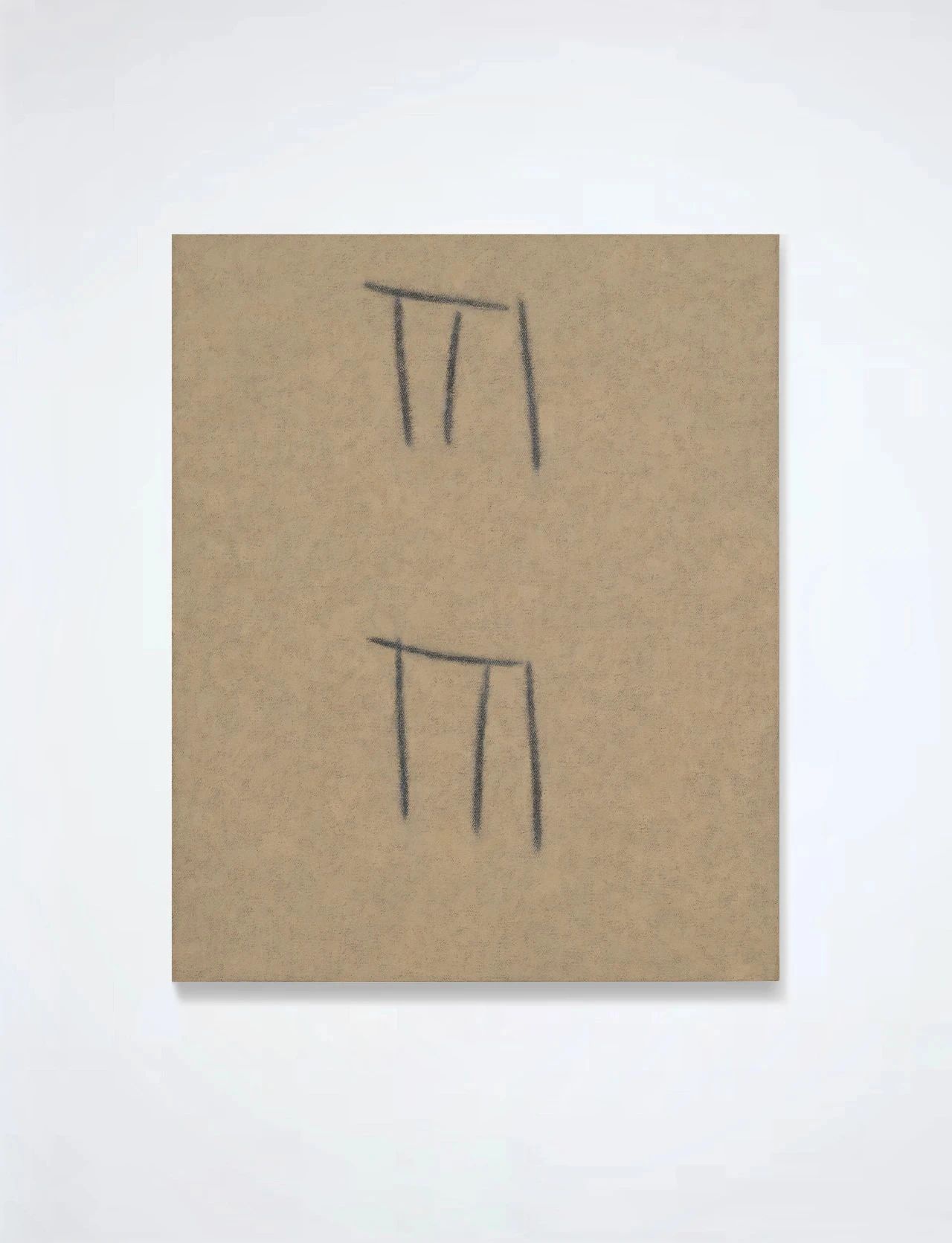

Hao Zhou
O.120584-5,2012
Oil on canvas
65h x 53w cm
© Courtesy of the artist and MUD Gallery
Built on meticulous and refined materials and techniques, Hao Zhou's creations are deeply rooted in his unique understanding of space and time. In his work, the canvas is not merely a gathering of visual elements, but an exploration and discovery of human emotion and existence. Through the layering of brushstrokes, he consciously leads the viewer to uncover the hidden complexities and conflicts beneath the calm surface of the two-dimensional world. In this realm, the boundaries between stillness and motion, surface and depth, the artificial and the natural are blurred, and sometimes even dissolved. This “blurring” is particularly evident in his treatment of time, where the shapes and colour blocks in his work appear as if they have absorbed the traces of passing years, glimpsing at a congealed moment of time.
A strong philosophical contemplation lingers over the surface of his paintings, illuminating his profound understanding of the relationship between industry and nature, city and humanity while questioning the sense of identity and isolation in modern society. Through his cool and rational compositions, he juxtaposes the coldness of the industrial age with the fragility of human emotion, attempting to resolve the tension between technological advancement and human nature. In his paintings, the seemingly rigid lines and frames instead reveal an underlying softness and delicacy, like the resonant strike of a meditation bowl, initiating a profound reflection on the condition of human existence.
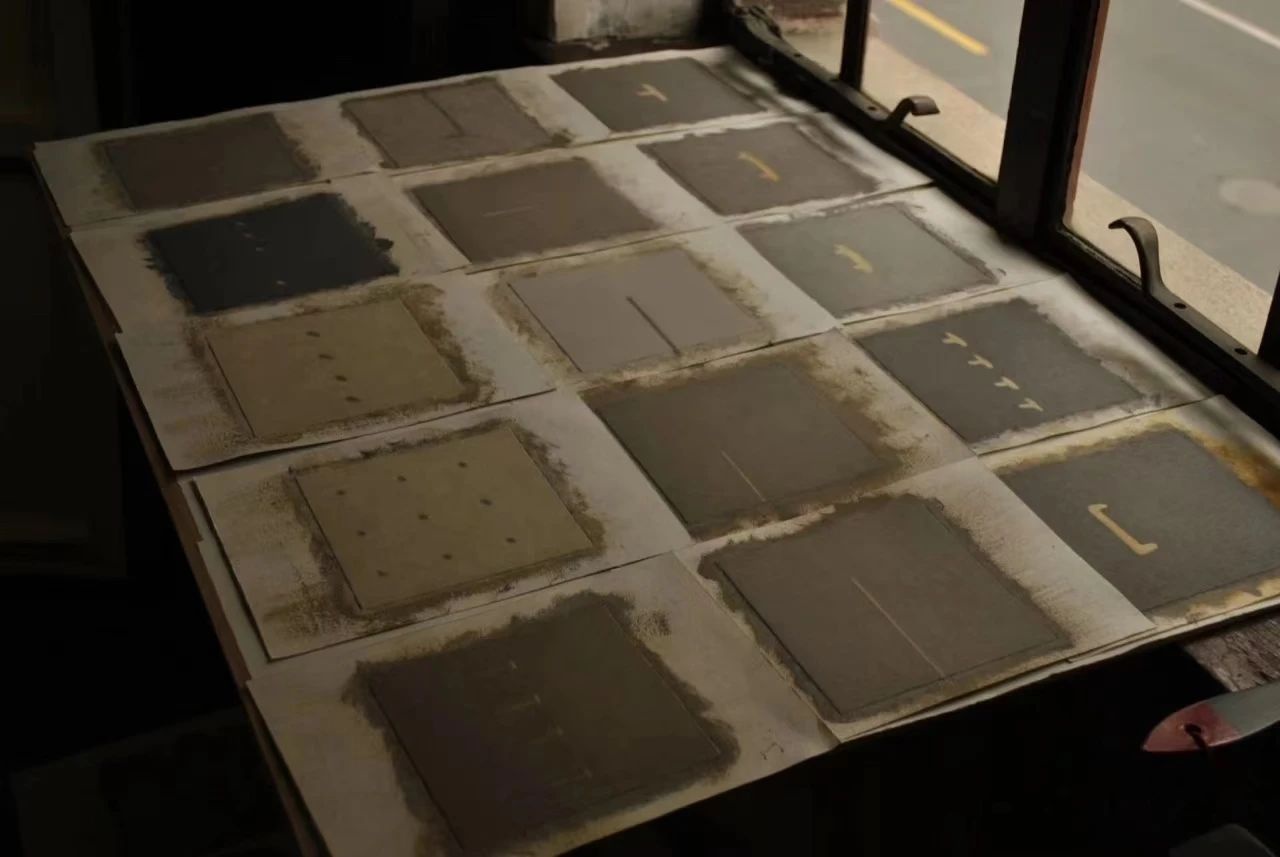
Photo of Hao Zhou's studio © Courtesy of the artist MUD Gallery Photo credit to Artist Yun Hui
When the artist takes a break from the world and goes to his unlimited universe hovering between certainty and uncertainty, the rich greyness of Shanghai's asphalt and masonry stands as a monument to be read, listened to, conversed with, or spoken to permanently, allowing the viewer to be silent in the tangible sunset of the city's afternoons, inviting the spirit and the eyesight to caress the thoughts that flow in the silence delicately, and then to reach the surroundings and oneself.
Text by Roxane Fu
November 7, 2024
